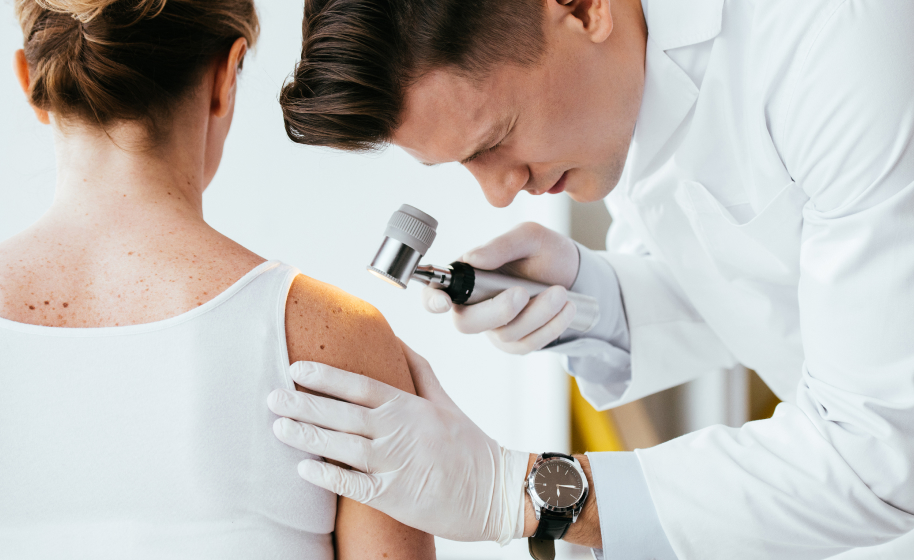Browsing Skin Cancer Cells Therapy: The Crucial Duty of Mohs in Modern Dermatology Practices
Skin cancer cells, a challenging medical diagnosis, often leaves people grappling with many therapy options. As we explore the complexities of this procedure, one will certainly appreciate its pivotal duty in skin cancer treatment.
Comprehending Skin Cancer: Kinds and Risks
Skin cancer cells, a potentially deadly condition, is far a lot more common than numerous individuals recognize. This condition, created by the unchecked development of abnormal skin cells, mainly arises from DNA damage because of exposure to the sun and ultraviolet (UV) light. There are three primary sorts of skin cancer cells: Basal cell cancer, Squamous cell carcinoma, and Melanoma. While the previous two are much less dangerous and compose most of diagnosed instances, cancer malignancy is the most hazardous. It makes up only about 1% of skin cancer situations however triggers the substantial bulk of skin cancer fatalities - skin cancer. Threat factors include fair skin, history of sunburn, too much sunlight exposure, living at high elevations or near to the equator, having numerous moles, a household history of skin cancer cells, and damaged immune system.
What Is Mohs Surgical procedure and Just How It's Transforming Skin Cancer Therapy
Despite the countless treatments currently readily available for skin cancer, Mohs surgical treatment stands out as a groundbreaking and highly effective option. Named after Frederic E. Mohs, the medical professional who created the procedure, Mohs surgical treatment is an accurate surgical technique made use of to treat skin cancer cells. This degree of precision, integrated with the ability to spare as much healthy cells as possible, is reinventing skin cancer cells treatment.
The Advantages of Mohs Surgery Over Traditional Skin Cancer Treatments
Structure on the ingenious nature of Mohs surgery, it's vital to consider its many benefits over typical skin cancer therapies. Unlike standard treatments, Mohs offers a higher treatment price, commonly reaching 99% for newbie therapies and 94% for frequent cancers cells. Additionally, it lessens damage to healthy skin, leading to less scarring and improved cosmetic end results.
The Treatment of Mohs Surgical Procedure: What to Anticipate During the Process

Potential Negative Effects and Post-Operative Care of Mohs Surgical Procedure
Undertaking Mohs surgical treatment, like any other surgery, involves prospective negative effects that clients should know. Common negative effects consist of discomfort, bruising, and swelling at the surgery website. These are typically momentary and convenient with over the counter discomfort medication and ice packs. In uncommon situations, people might experience infection, bleeding, or an allergic reaction to the neighborhood anesthetic. Post-operative treatment is important to healing and lessening adverse effects. This generally includes keeping the injury clean and completely dry, taking recommended medicines, and preventing difficult tasks. Patients must likewise go to all follow-up appointments for wound treatment and monitoring. Sometimes, additional treatments may be needed to guarantee complete elimination of the cancerous cells. Abiding by these post-operative care guidelines can considerably enhance recovery and end results.
Verdict
